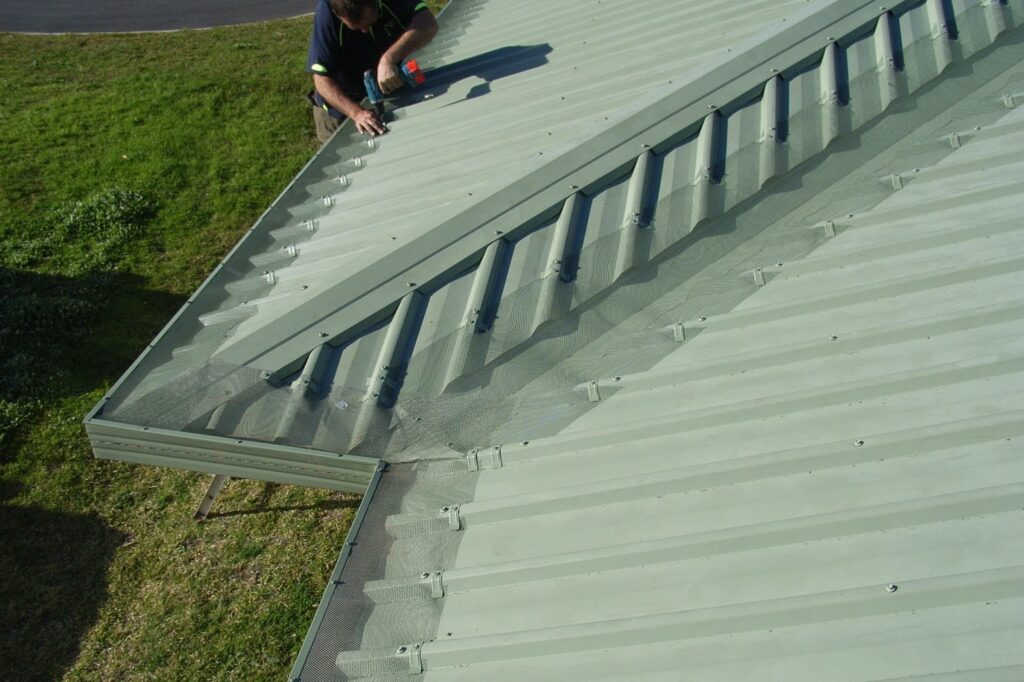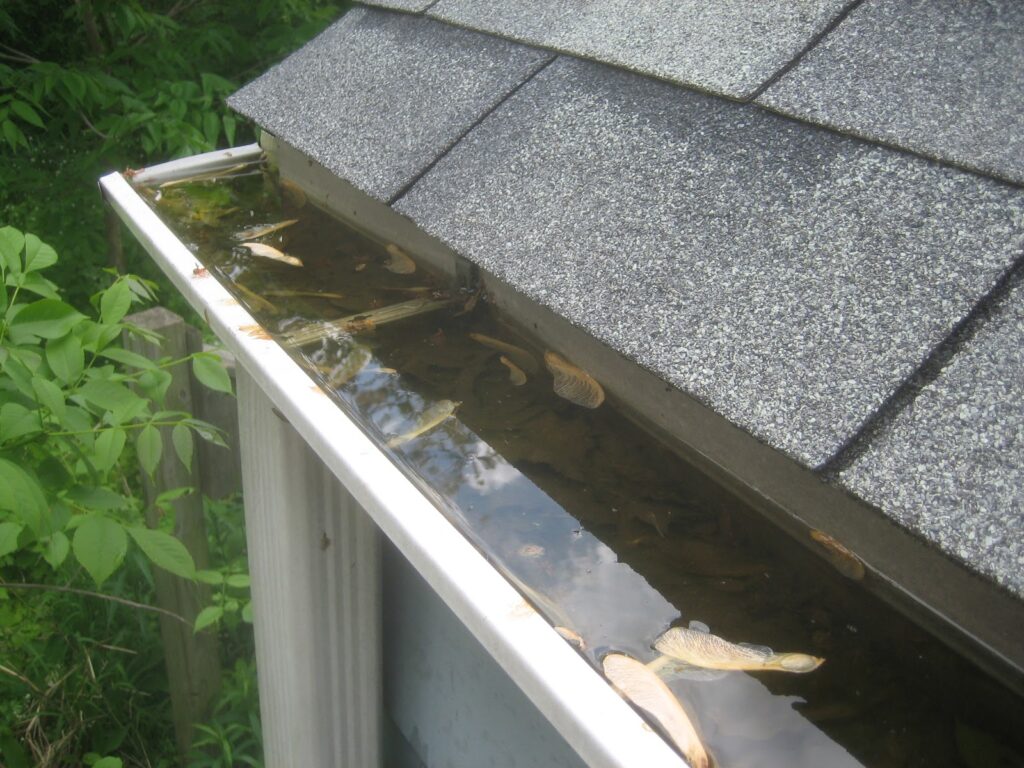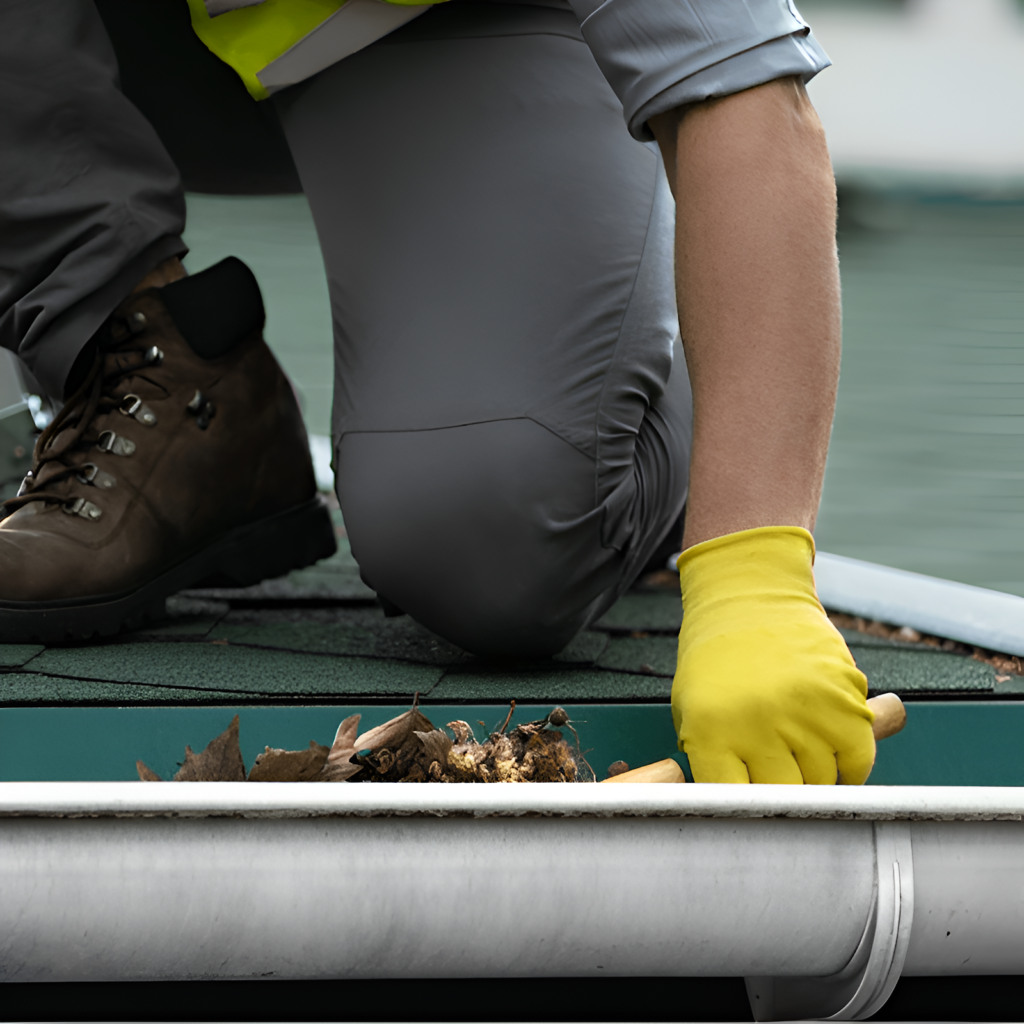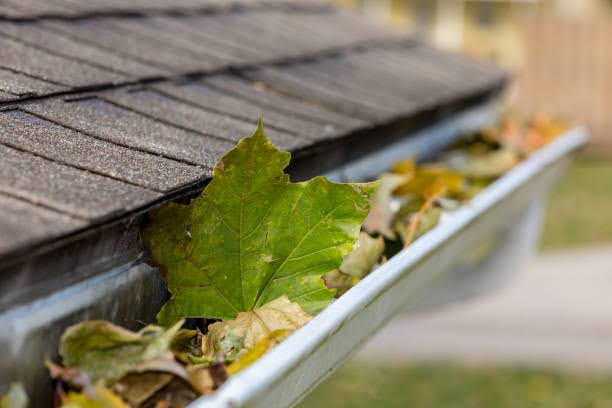
When it comes to gutter installation, homeowners are often faced with the decision of whether to tackle the project themselves or hire professionals. Both options have their pros and cons, and making the right choice can ensure a successful and long-lasting gutter system for your home. In this article, we will analyse both methods so you can decide what’s best for you and your home.
How to Decide Between DIY and Professional Gutter Installation
Assessing your skills and comfort level is the first step in determining whether you should opt for a DIY approach or hire a professional. Installing gutters requires some level of technical know-how and physical work, so be honest with yourself about what you are capable of handling.
Evaluating the scope of the project is another crucial aspect. Consider the size of your home, the complexity of the gutter system needed, and any potential challenges such as working at heights or dealing with existing roof issues.
Weighing the costs involved is also essential. While DIY installation may seem cost-effective at first, factor in the expenses for tools, materials, and the potential risks of making mistakes that could lead to costly repairs down the line.
DIY Gutter Guard Installation: Step-by-Step Guide

Installing gutters on your home is a crucial part of maintaining its structural integrity and preventing water damage. While it may seem like a daunting task, with the right tools, materials, and knowledge, you can install gutters yourself and save on labour costs. Here’s a step-by-step guide to help you through the process:
Step 1: Measure and Plan
Before you start installing gutters, you need to measure the length of the eaves and determine the number of downspouts needed. This will help you calculate the amount of gutter and downspout material required for the project. It’s also essential to consider the slope of the roof and ensure that the gutters are pitched correctly to allow water to flow towards the downspouts.
Step 2: Gather Materials and Tools
To install gutters, you will need the following materials: gutter troughs, downspouts, hangers, elbows, brackets, and gutter guards. You will also need tools such as a ladder, measuring tape, chalk line, level, saw, drill, and screwdriver. Make sure you have all the necessary materials and tools before you start the installation process.
Step 3: Install the Gutter Troughs
Start by installing the gutter troughs along the eaves of your roof. Attach the hangers to the fascia board using screws or nails, ensuring they are spaced evenly. Position the gutter troughs on the hangers and secure them with screws or nails. Make sure the gutters are pitched correctly to allow water to flow towards the downspouts.
Step 4: Install the Downspouts
Once the gutter troughs are installed, you can move on to installing the downspouts. Attach the downspout elbows to the gutter outlets and secure them with screws or nails. Position the downspouts vertically and attach them to the side of your house using brackets. Ensure that the downspouts are long enough to direct water away from your foundation.
Step 5: Install Gutter Guards
To prevent debris from accumulating in your gutters and causing clogs, consider installing gutter guards. Gutter guards are screens or covers that fit over the gutter troughs and prevent leaves, twigs, and other debris from entering. Install the gutter guards by attaching them to the gutter troughs using screws or clips. Make sure they are securely in place and cover the entire length of the gutters.
Common Issues with DIY Gutter Projects
Improper pitch and slope are common mistakes in DIY gutter installations that can lead to water pooling and potential damage to your home’s foundation. Ensure the gutter system has a proper angle for water to drain effectively.

Incorrect downspout placement may result in water overflowing or pooling near the foundation, causing structural issues over time. Make sure downspouts are strategically positioned to direct water away from the house.
Dealing with fascia damage is another challenge DIYers may encounter when installing gutters. Improper installation or poor maintenance can lead to rotting or sagging fascia boards, requiring timely repairs to prevent further damage.
Benefits of Hiring Professionals for Gutter Installation
When opting for professional gutter installation, you benefit from the expertise and experience of trained professionals who can handle the project efficiently and effectively. They can assess your home’s specific needs and provide a tailored solution.
Time and convenience are significant advantages of hiring professionals. They can complete the installation in a timely manner, saving you the hassle of researching, purchasing materials, and dedicating hours to the project.
Professional installations come with quality assurance and warranties, giving you peace of mind knowing that the work is done to industry standards and backed by guarantees. In case of any issues, you can rely on the professionals to address them promptly.
Contact us today to get a free quote for your house. Our experienced gutter installers will help you install the best gutter guards that fits your roof.
DIY Gutter Maintenance and Repair Tips
Regular gutter cleaning is essential to prevent clogs and ensure proper water flow. Use best practices such as removing debris by hand or using a pressure washer to maintain clean and functional gutters.

Identifying signs of gutter damage early on can help prevent costly repairs. Look out for issues such as rust, sagging gutters, or water leaks, and address them promptly to avoid further damage to your home.
If DIY gutter replacement is necessary, follow a comprehensive guide to ensure a seamless transition. Remove old gutters carefully, assess any underlying damage, and install new gutters securely to maintain your home’s protection against water damage.
Conclusion
When deciding between DIY and professional gutter installation, consider your skill level, available time, and budget. DIY installation can be cost-effective and rewarding for those with the necessary tools and experience, while professional installation ensures a high-quality result without the hassle of doing it yourself. Ultimately, the choice between DIY and professional installation depends on your comfort level with the task and the importance of a flawless gutter system for your home’s protection.
FAQs
A: DIY gutter installation can save you money on labour costs and give you the satisfaction of completing a home improvement project on your own.
A: It’s advisable to hire a professional for gutter installation if you lack the necessary tools, skills, or time to do the job correctly.
A: When determining the right gutter guard for your roof, consider if you want to install it yourself with a diy guide or hire a professional gutter company. Look at the aluminium gutter section and determine if the guards are easy to install. Make sure that the guard fits at the edge of the gutter so that it can be installed correctly.
A: Look for signs such as rust, cracks, sagging, or leaks in your gutters, which indicate that they may need to be replaced.
A: Common materials for gutters include aluminium, vinyl, steel, and copper, each with its own advantages in terms of durability and aesthetics.
A: Regular gutter cleaning and maintenance prevent clogs, water damage to your home’s foundation, and extend the lifespan of your gutter system.
A: Yes, there are DIY gutter guard systems available that you can install yourself to prevent debris from clogging your gutters and downspouts.
A: Gutters should be cleaned at least twice a year, typically in the spring and fall, to remove leaves, debris, and ensure proper water flow.




